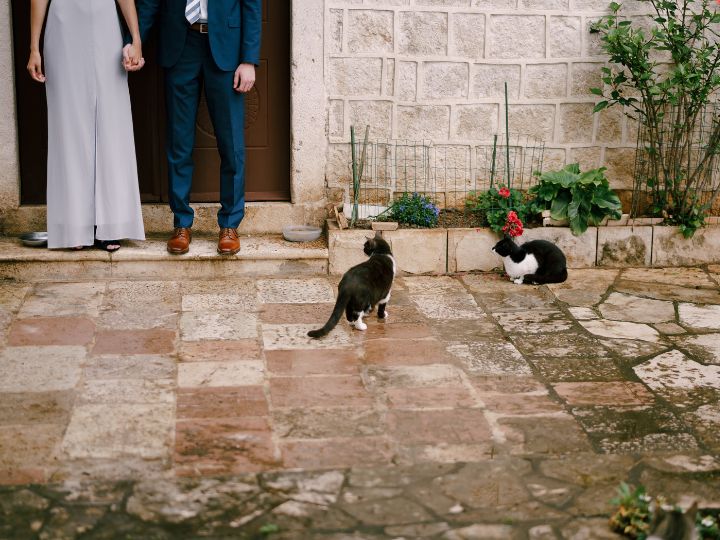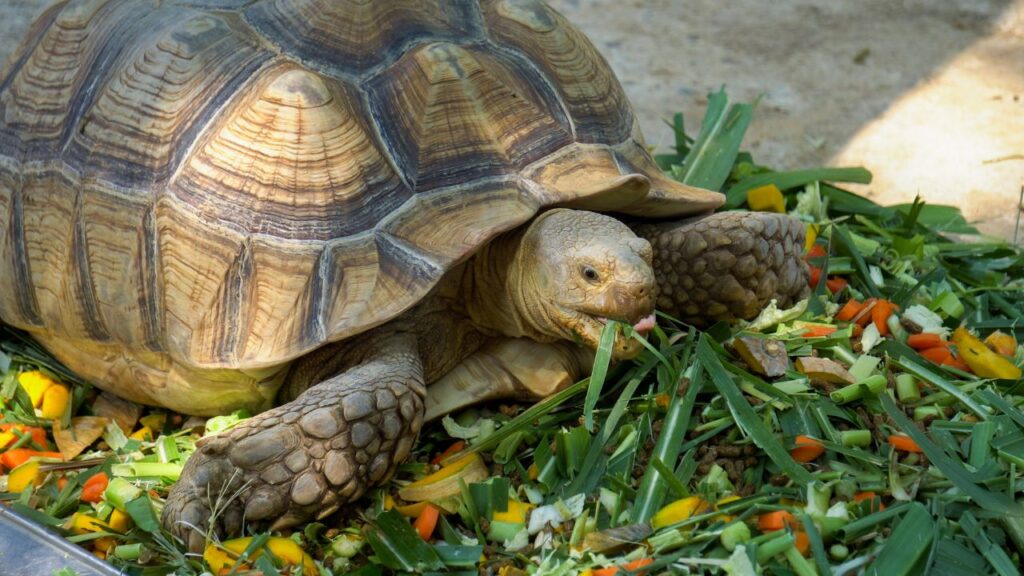Our gardens and meadows wouldn’t be the same without the gentle flutter of butterfly wings. These delicate creatures bring colour and life to our summers, but many are facing a grim future. Climate change, habitat loss, and pesticides are pushing some of our most beloved British butterflies to the edge. From the striking purple emperor to the humble wood white, these insects need our help now more than ever. Here’s a look at 18 British butterflies that are teetering on the brink of extinction, and why we should care about their fate.
High Brown Fritillary

Once widespread across Britain, the high brown fritillary is now one of our rarest butterflies. Its striking orange wings with black spots make it a beauty to behold. This butterfly thrives in woodland clearings and bracken-covered slopes, but these habitats are vanishing fast. Conservation efforts focus on maintaining suitable habitats through controlled grazing and bracken management.
Heath Fritillary

Nicknamed the ‘Woodman’s Follower’, the heath fritillary relies on recently coppiced woodland. Its chequered orange and brown wings are a rare sight these days. Conservation efforts have helped in some areas, but it’s still in trouble. The butterfly’s caterpillars feed exclusively on cow-wheat, making habitat management crucial for its survival.
Large Blue
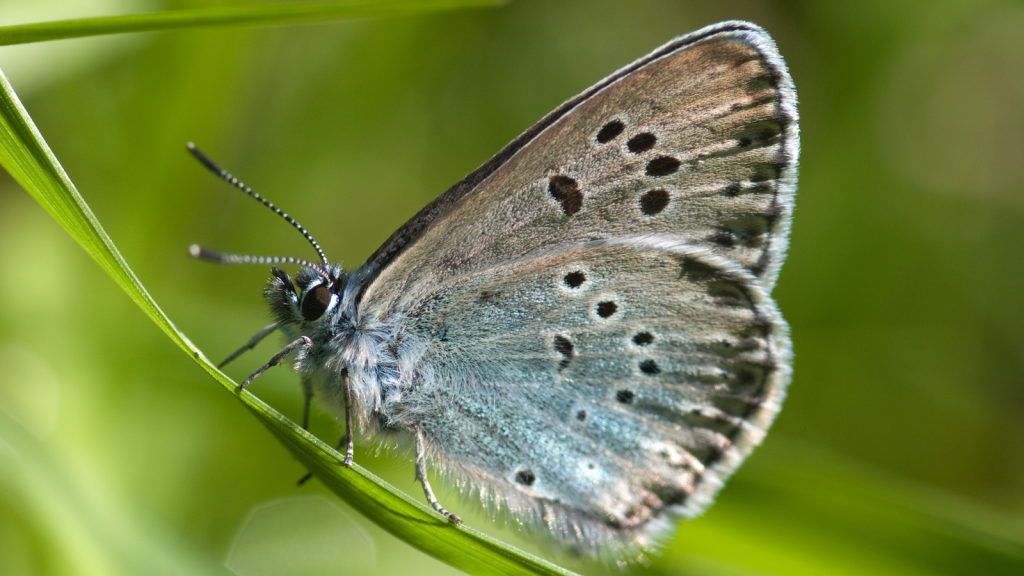
The large blue has a fascinating life cycle, spending most of its caterpillar stage in ant nests. It became extinct in Britain in 1979 but was reintroduced from European stock. Despite this success story, it remains incredibly rare and vulnerable. The butterfly’s complex relationship with red ants means that conservation efforts must focus on maintaining both butterfly and ant populations.
Duke of Burgundy
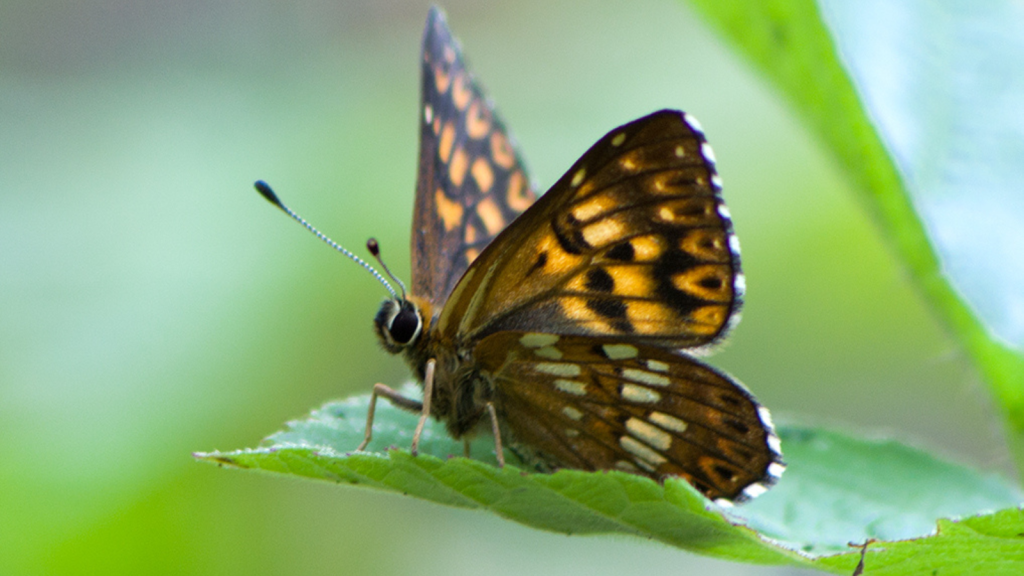
This small but mighty butterfly has seen its numbers plummet in recent years. It needs a specific habitat of woodland clearings or chalk grassland to thrive. The duke of Burgundy’s brown wings with white spots are a treat for lucky spotters. Its caterpillars feed exclusively on primrose or cowslip, making these plants essential for the butterfly’s survival.
Pearl-bordered Fritillary
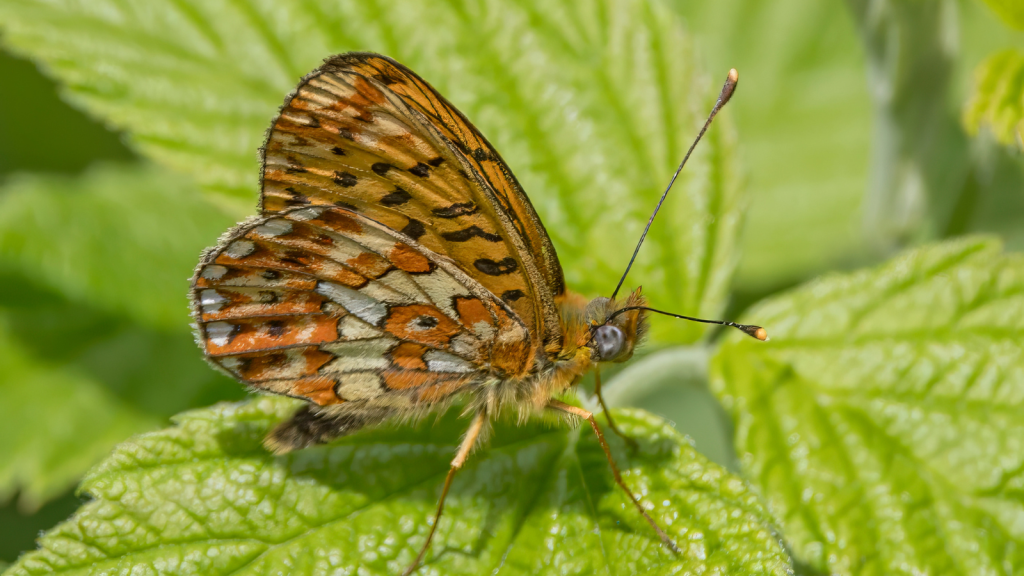
This dainty butterfly gets its name from the string of ‘pearls’ along the edges of its wings. It loves sunny woodland rides and clearings, but these are becoming scarce. The pearl-bordered fritillary is now found in just a few strongholds across Britain. Conservation efforts include creating suitable open spaces in woodlands and maintaining flower-rich grasslands.
Small Pearl-bordered Fritillary
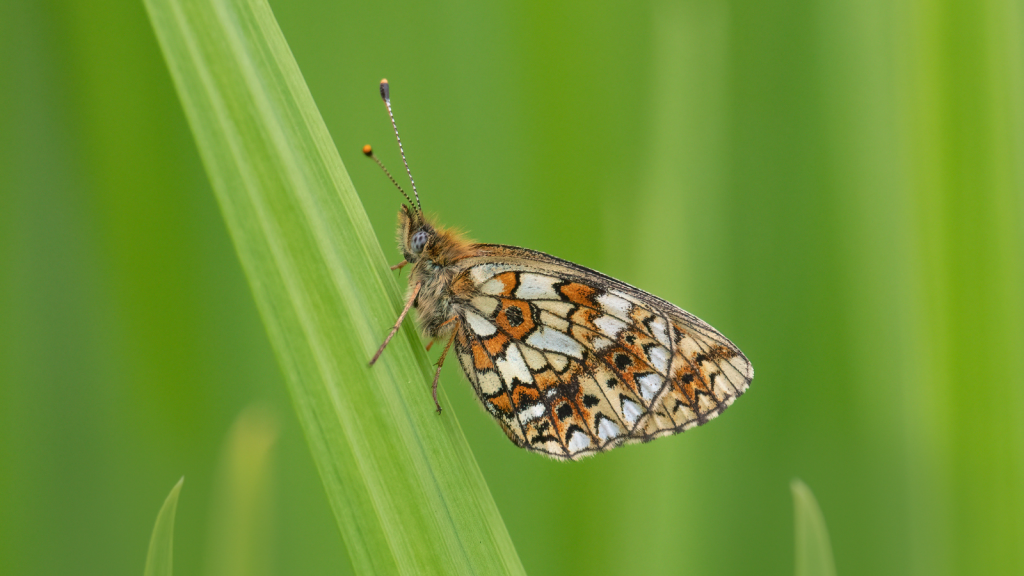
Similar to its larger cousin, the small pearl-bordered fritillary is struggling to find suitable habitats. It prefers damper areas than the pearl-bordered and is declining rapidly in England and Wales. Scotland remains a stronghold for this pretty butterfly. The caterpillars feed on various violet species, making the preservation of these plants crucial for the butterfly’s survival.
Wood White
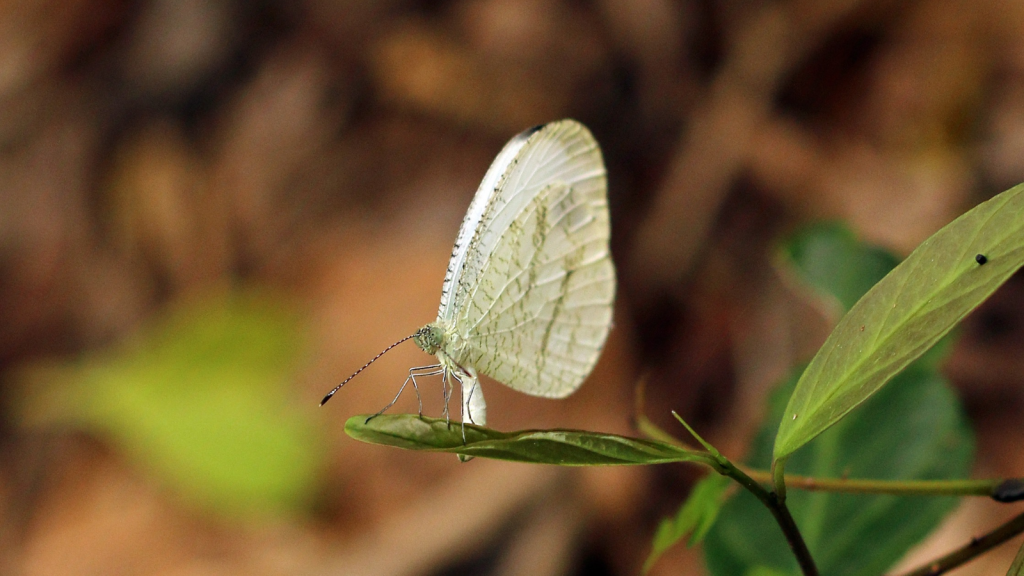
The wood white is one of our daintiest butterflies, with delicate white wings and a distinctive slow flight. It needs connected woodlands to thrive, but habitat fragmentation is causing its numbers to dwindle. This butterfly is now found in just a handful of sites in southern England and Ireland. Conservation efforts focus on creating corridors between woodlands to allow populations to mix and spread.
Lulworth Skipper
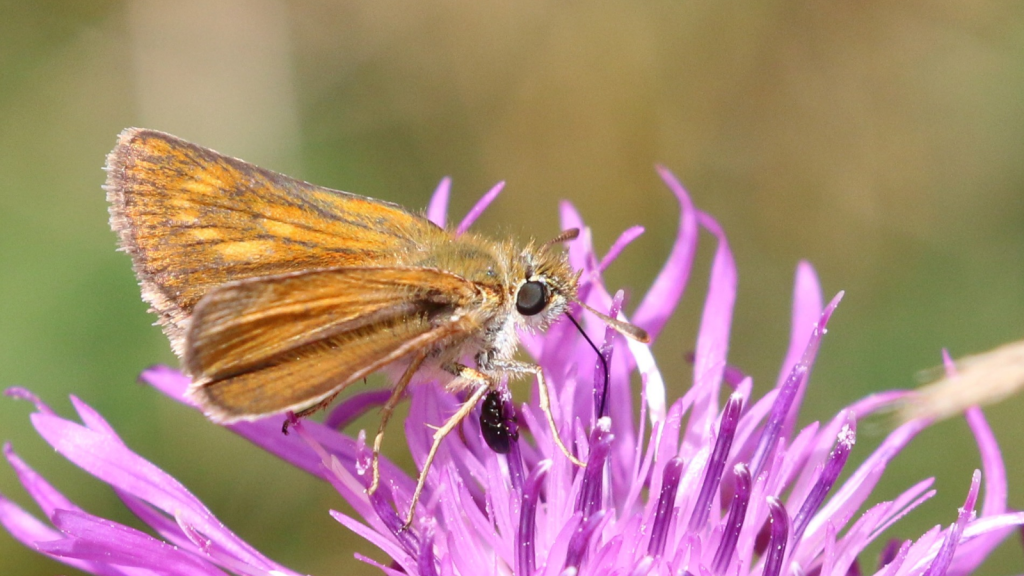
Named after Lulworth Cove in Dorset, this tiny butterfly is found nowhere else in Britain. It needs tall grass to lay its eggs and is very sensitive to changes in grazing patterns. Climate change could push this little skipper right off our shores. The butterfly’s caterpillars feed exclusively on tor-grass, making the management of this plant species crucial for its survival.
Swallowtail
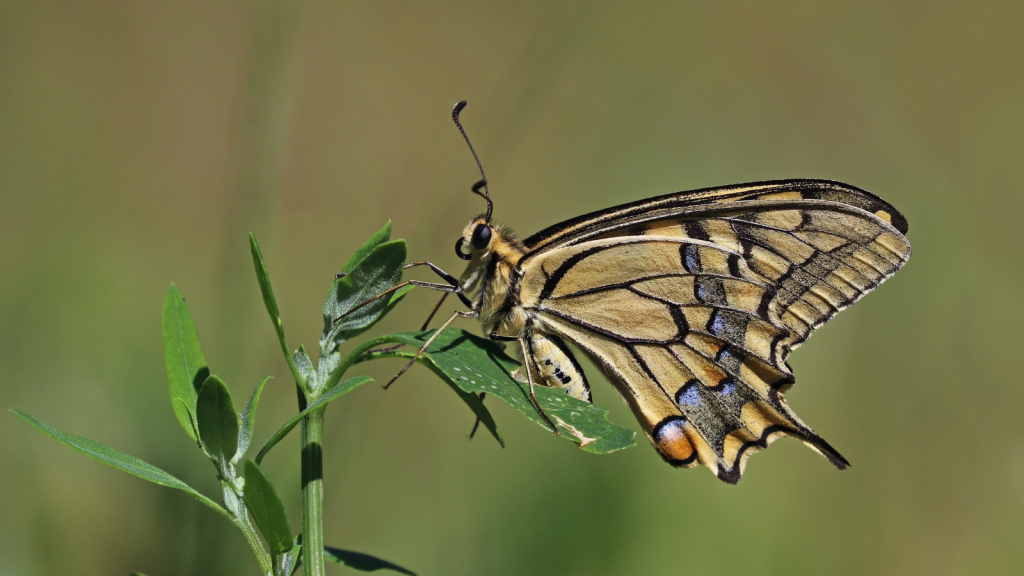
Our largest native butterfly, the swallowtail, is a true spectacle with its yellow and black striped wings. In Britain, it’s now confined to the Norfolk Broads, where it depends on milk parsley to lay its eggs. Rising sea levels threaten its last remaining habitats. Conservation efforts include creating new areas of suitable habitat further inland to protect against future sea level rise.
Large Tortoiseshell
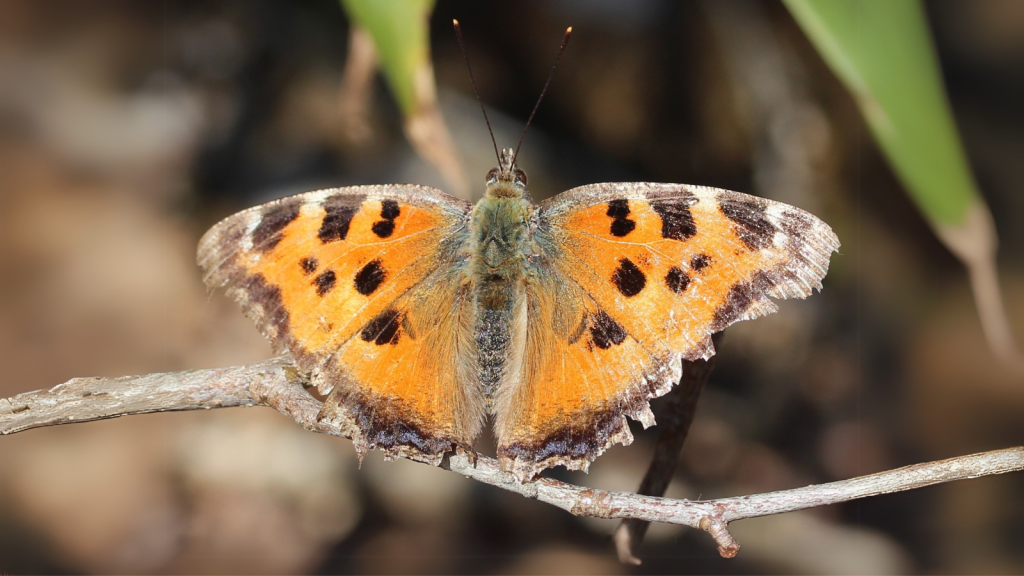
Once common across southern England, the large tortoiseshell is now considered extinct as a breeding species in Britain. A few migrants still turn up each year, giving hope that it might one day return. Its orange wings with black and blue spots are a rare treat for butterfly watchers. The butterfly’s decline is thought to be linked to the use of pesticides and the loss of elm trees, its preferred food plant.
Marsh Fritillary
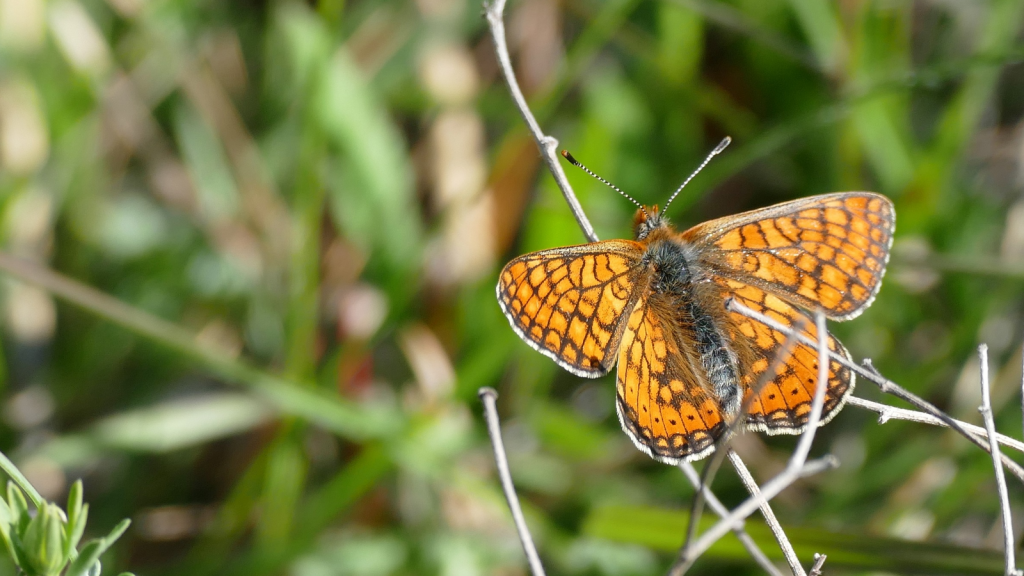
With its patchwork of orange, brown, and cream, the marsh fritillary is a true stunner. It needs damp grasslands to survive, but these habitats are disappearing fast. Despite being protected by law, this butterfly continues to decline across much of Britain. The caterpillars feed exclusively on devil’s-bit scabious, making the preservation of this plant essential for the butterfly’s survival.
Silver-studded Blue
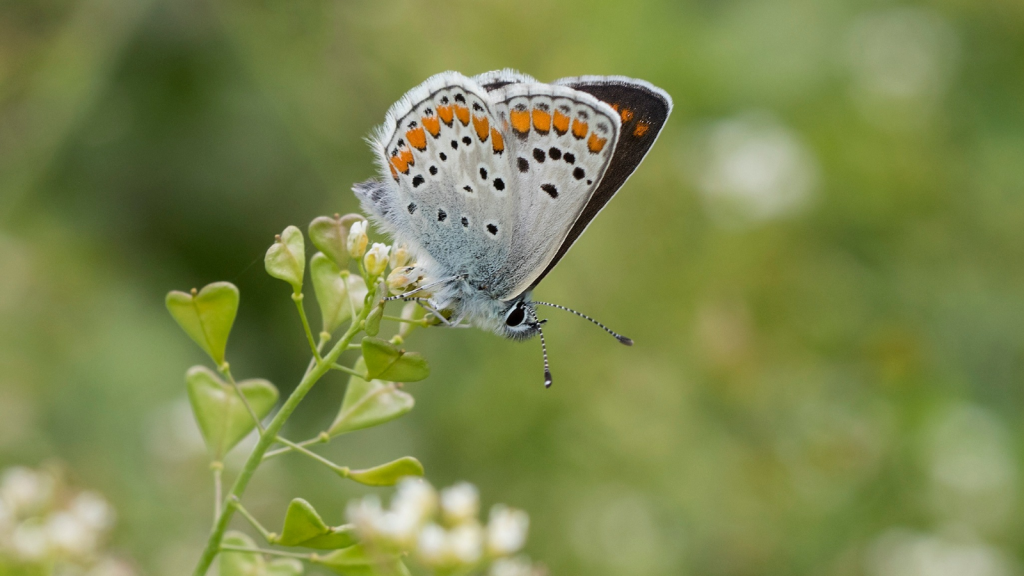
This little blue butterfly gets its name from the silver-white spots on the underside of its wings. It has very specific habitat needs, including heathland and chalk grassland. The silver-studded blue is now found in just a few scattered colonies across southern England. The butterfly has a unique relationship with ants, which protect its caterpillars in exchange for a sweet secretion.
Northern Brown Argus
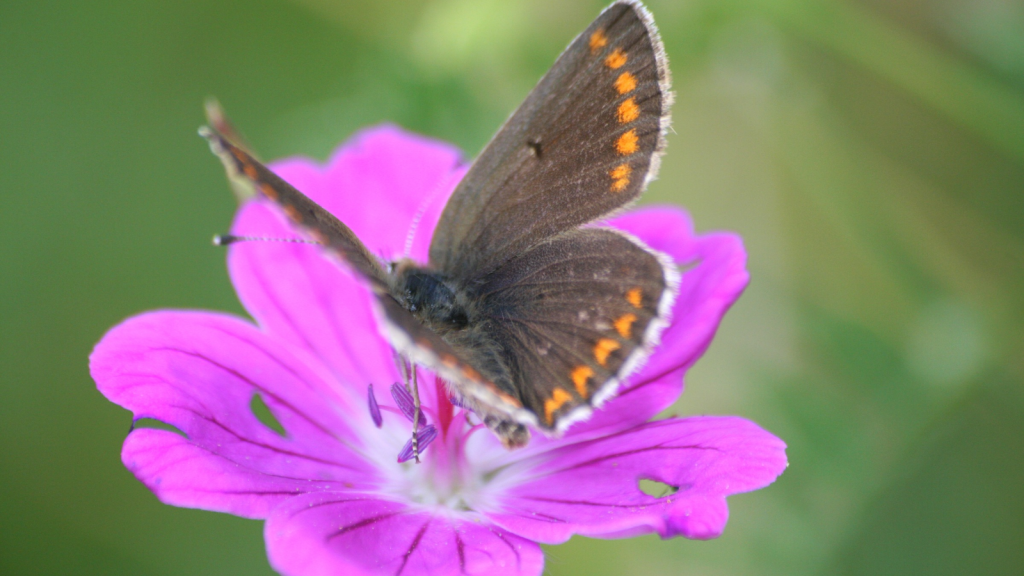
This small brown butterfly is easily overlooked, but it’s a true rarity. It’s found only in northern England and Scotland, where it depends on rock rose for laying its eggs. Climate change could push this butterfly further north, potentially off the British mainland. Conservation efforts focus on maintaining suitable habitats and creating corridors to allow the butterfly to move to new areas if needed.
Chequered Skipper
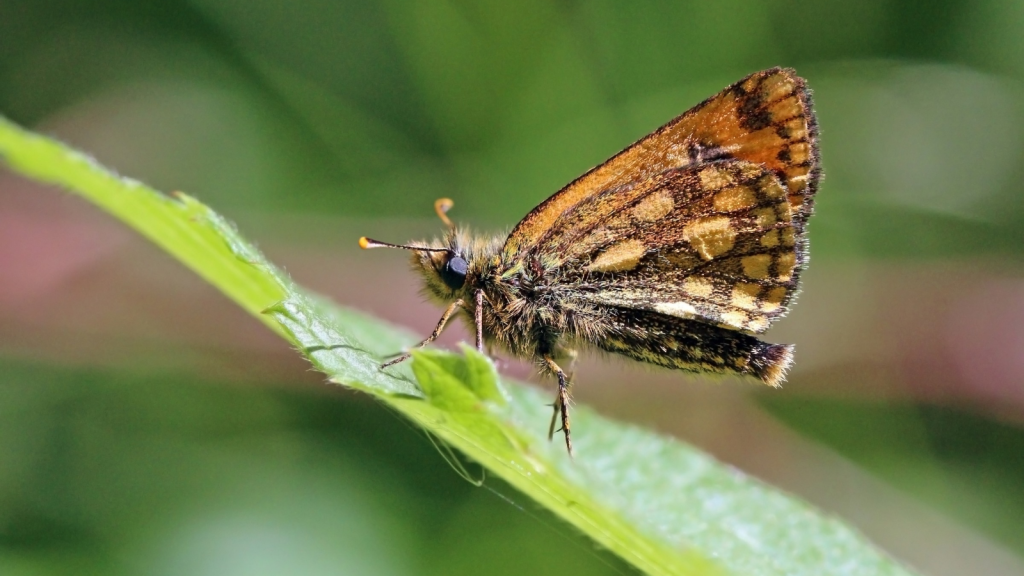
After becoming extinct in England in 1976, the chequered skipper clings on in Scotland. It needs a mix of woodland and grassland to thrive. Recent efforts to reintroduce it to England offer a glimmer of hope for this charming little butterfly. The caterpillars feed on purple moor-grass, making the management of this plant crucial for the butterfly’s survival.
Glanville Fritillary
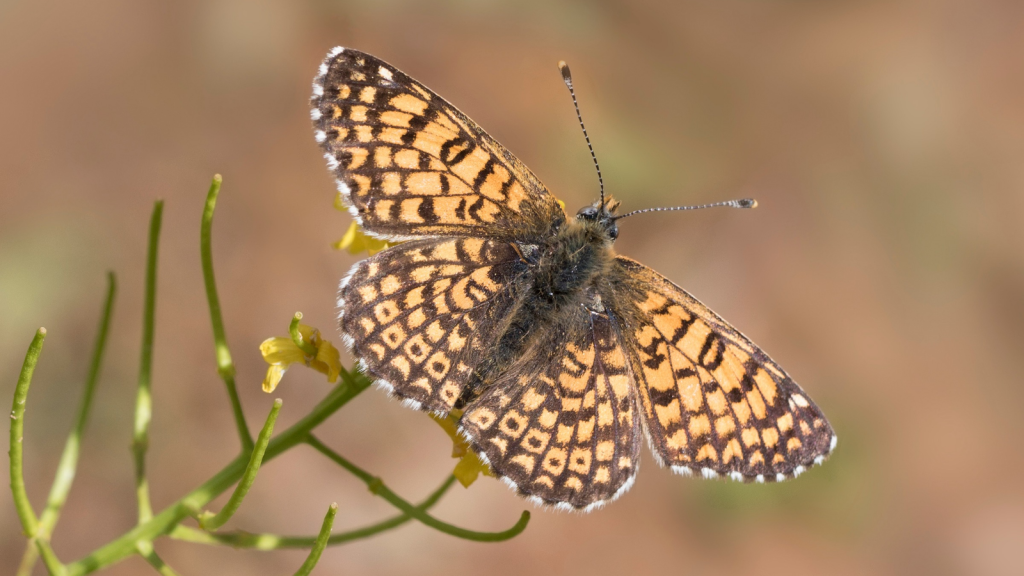
Named after Lady Eleanor Glanville, an early butterfly enthusiast, this fritillary is now found only on the Isle of Wight and a few sites on the south coast. Its caterpillars need warmth to develop, making it vulnerable to cool, wet summers. Conservation efforts include maintaining short, warm turf with plenty of ribwort plantain, the caterpillar’s food plant.
White-letter Hairstreak
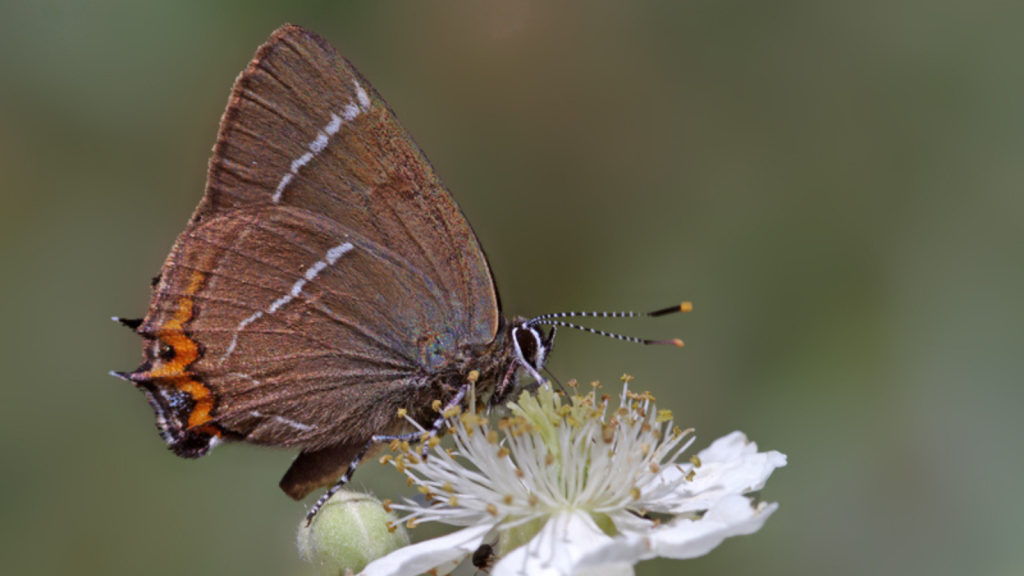
This tiny brown butterfly spends most of its life high in elm trees, making it hard to spot. Dutch elm disease has devastated its habitat, causing steep declines. The white-letter hairstreak now survives in small, scattered populations across England and Wales. Conservation efforts include planting disease-resistant elm varieties to provide suitable habitat for the butterfly.
Dingy Skipper
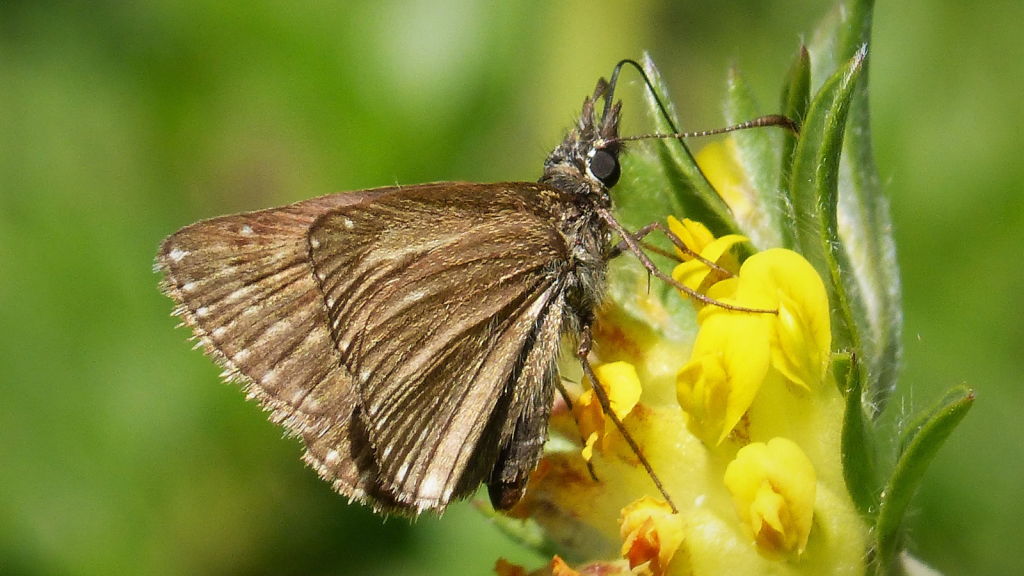
Don’t let its name fool you – the dingy skipper is a charming little butterfly. Its mottled brown wings provide excellent camouflage, but they’re no defence against habitat loss. This butterfly needs open, flowery areas to thrive, which are becoming increasingly scarce. The caterpillars feed on bird’s-foot trefoil, making the preservation of this plant important for the butterfly’s survival.
Small Blue
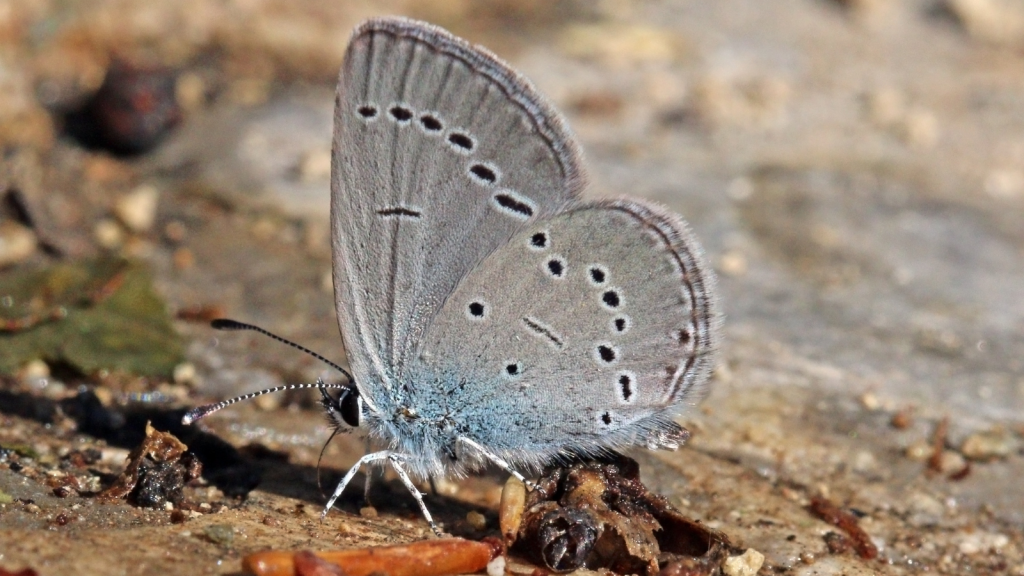
Despite its name, the small blue is actually brown with a dusting of blue scales. It’s our smallest resident butterfly and depends on kidney vetch to lay its eggs. Habitat loss has led to steep declines, particularly in central and northern England. Conservation efforts focus on creating and maintaining areas of kidney vetch, often on chalk or limestone grasslands.
Becky is a fervent wildlife enthusiast and pet care expert with a diploma in canine nutrition. Her love for animals stretches beyond the domestic, embracing the wild tapestry of global fauna. With over a decade of experience in animal welfare, Becky lends her expertise to OutlandishOwl through insightful articles, captivating wildlife information, and invaluable guidance on pet nutrition. Her work embodies a deep commitment to understanding the intricate lives of animals and a passion for educating others on sustaining natural habitats. Becky's hands-on conservation efforts and her knack for translating complex dietary science into practical pet feeding tips make her an indispensable voice for creatures great and small.



